Crops Not to Breed
This link came across a mailing list that I'm on the other day (I actually tried to post this one from Mexico too, but my phone doesn't appear to do cut and paste, and I wasn't able to stomach typing in the whole link). It's part of a larger work, on breeding for disease resistance, Return to Resistance, which merits at least a closer glance by any of you breeding types out there, but this is the chapter that got me (and the mailing list) riled up:
Chapter 28. Crops Best Avoided By Breeding Clubs (International Development Research Centre)
I like the idea of "breeding clubs" formed by amateurs, and I do agree with some of the things selected to be on the list. Even the cleverest amateur is not going to make much headway breeding bananas, or garlic, or turmeric without specialized facilities and supplies. Seeing as how it's next to impossible to even get viable seeds of these things, I'm not sure it would even occur to many people to try. But some things on the list really surprised me. Especially grapes.
Grapes, in my mind, are actually fairly well-suited to breeding by amateurs. They readily form seeds, they are fairly easy to cross, easily propagated, and can produce widely segregating viable hybrids with relative ease. Many amateur grape breeders have been important to the development of the crop: T.V. Munson, Hermann Jaeger, Elmer Swenson, for example. Even the great French breeders who gave us the widely grown French hybrids (Couderc, Seibel, Seyve, etc.) were not trained breeders.
The argument against grape breeding has always been tied to the importance attached to variety in marketing grapes. This is only a factor, however, when one can grow the traditional varieties. Thanks to amateur breeders, viticulture has made a push into the most extreme regions, and as regional production becomes popular, a "local" varietal may well (and in some cases already has) become a selling point, not a liability.


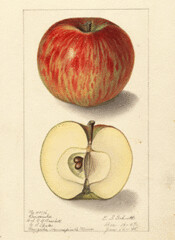
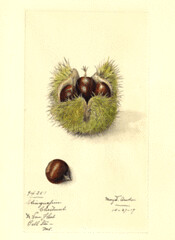
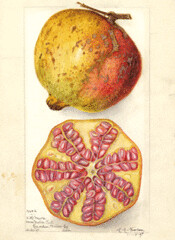
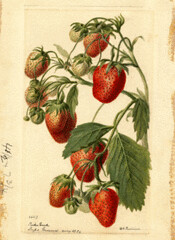
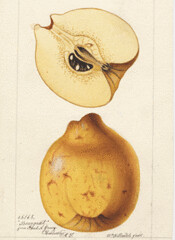



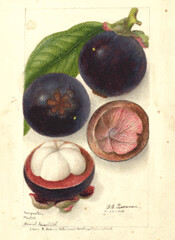
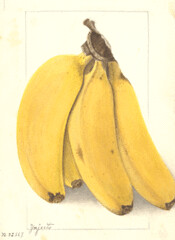

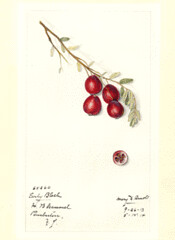
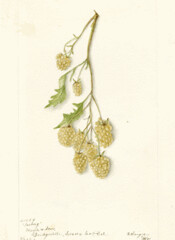
1 Comments:
Thanks great post.
Post a Comment
<< Home